The Big Read – FAW (4/5) – Mazda involvement creates Haima and Bestune
Last week we learned about China’s quintessential Hongqi brand and its close relations with Volkswagen and Audi. Today we take a step back on FAW’s ladder and concentrate on the mainstream brand Bestune. It’s a late entry to the market, but a lot happened in advance.
To clarify where we are, today we’re looking at this part of the FAW conglomerate:
Ticket to the tropics
We start today’s journey in Hainan, a (sub-)tropical island to the south of mainland China, about the size of the Netherlands. Its biggest city and capitol Haikou is on the north shore. Hainan was a backward part of the country with a mostly agricultural economy for a long time, but things are changing since the start of the current millennium.
Since the inception of the People’s Republic Hainan had always been part of Guangdong province, but the politicians of the island start to look for more autonomy in the 1980s. At first the central government reacts by supplying more funds for the development of the region. In a comic twist, the political leaders use much of these grants to import duty-free all kinds of consumer goods (90.000 cars, 120.000 motorcycles and millions of electronic devices like televisions and vcr’s) and sell them to mainland China at 150% profit. These machinations don’t stop the political process. In 1988 Hainan becomes an independent province and a Special Economic Zone is established to attract investments.
In the late 2010s Hainan’s development really take off, when tourism is singled out as sector of interest. The city of Sansha on the southern coast becomes the centre point of a real estate boom, with large resorts appearing along the beaches. Long before that however the new provincial government looked at industrial development projects as an economic stimulus.
Hainan’s automobile plant
The state-owned Hainan Automobile Stamping Plant was established in Haikou in 1985. This factory makes sheet metal parts and also agricultural vehicles on a limited scale. It was erected to supply China’s car industry, while profiting from the economic advantages of the island. When Hainan becomes an independent province, one of the first actions of the new government is buying an old Ford production line in the Philippines and install it in the factory. The company gets a new name to reflect its greater ambition: Hainan Automobile Manufacturing Plant (HAMP).
Such a production line is of course nice, but you have to be able to make something with it. The product is missing, so the government is looking for a suitable car. They quickly find it in Japan, with Mazda. There the production of the 929 station wagon is on its last legs and Mazda is interested in shipping the molds to China. After trial production in 1990, a locally assembled variant follows in 1991.
Mazda is impressed enough with China’s performance to make the relationship official. In 1992, a joint venture between Hainan Automobile Co., Ltd. (a provincial government-controlled fund with 75% of the shares), Mazda (17.5%) and Itochu Corporation (7.5%, a Japanese trading firm and partner of Mazda) is created. The HAMP factory comes under the full control of Hainan Automobile. The joint venture is called Hainan Mazda Automobile Co., Ltd.
Hainan Mazda then expands the range with the E2000 (Bongo van) in 1993 and the Mazda 323/Family in 1994. Around that time, the Chinese central government starts implementing the ‘national car catalog’, a licensing system for car manufacturers. Hainan Mazda does not receive a permit, which means that the cars can only be sold in Hainan province. Despite several attempts, the license is not forthcoming, so Hainan Automobile follows a different route. They seek affiliation with a state-owned car manufacturer in order to obtain a national license.
At this point I must mention Jing Zhu. Fresh out of Chongqing university with a bachelor degree in mechanical engineering, he joins Hainan Automobile in 1988. That’s at the very beginning, so he’s involved as technician in assembling the first batch of Mazda 929s. He rises quickly through the ranks, from workshop director, assistant plant manager to finally the manager of Hainan Automobile Plant from 1996 to 1998. In his spare time he graduates a master degree in international trade. These are difficult years nonetheless, because Mazda departs the joint venture (leaving the provincial government in charge again) and no sight on a national production permit.
Enter FAW
The permit troubles are FAW’s entry point to this story. The state-owned conglomerate is interested in 1998 the Hainan government transfers all its share in the vehicle plant to FAW. The company will be known as FAW Hainan Automobile and incorporates the Hainan Automobile Manufacturing Plant. Although Mazda is no longer a formal partner, there is a technical agreement. On FAW’s permit FAW Hainan can now sell cars all over China, the Family (Mazda 323) and the Freema (Premacy) are particularly successful.
Jing Zhu does not like FAW’s involvement and resigns as general manager. He sidesteps into party politics, becoming the head of the provincial committee on the automotive industry and the CCP representative in FAW Hainan. This lasts until 2001, when Jing takes up another study, a PhD in economics. He is not finished with Hainan Automobile though. All the while he is raising money to buy back influence. Jing establishes Haima Automobile Group in 2001, using a reversed merger with the almost broke, but listed company Jinpan Industrial as a vehicle for its IPO.
He rekindles Mazda’s interest in the Hainan automotive industry and uses his political connections to force a reorganization of FAW Hainan. In July 2004 the Hainan government orders a new structure for the vehicle plant. FAW will still own 49% of the share, as will Haima Automobile. The remaining 2% is held by Hainan province, but Jing acquires the equity shortly afterwards. The new company is called FAW Haima Automobile. The original HAMP plant becomes an integral part of the joint venture, along with an engine plant under construction.
Mazda makes things move
Mazda, discouraged with Hainan Automobile inability to obtain a national permit, ended the joint venture and moved on. In 2003 it establishes a cooperation with FAW Car, the subsidiary that also houses Hongqi, for the production of the Mazda 6. In 2005 that deal converts to a formal joint venture, FAW Mazda Motor Sales Co., Ltd. (5% FAW, 70% FAW Car, 25% Mazda). And a year later Mazda also joins its parent Ford in the Changan Ford joint venture.
These developments leave little room for Haima. A joint venture is out of the question (a foreign car maker is only allowed two under Chinese law) and Mazda now has the production capability they need. So Hainan Mazda loses out. In 2006, the cooperation agreement is reduced to a simpler technical transfer deal and the Haima Group is banned from selling Mazdas. Their cars are now sold under the Haima brand.
The Mazda joint venture opens new doors for FAW. They set up their your own R&D department and transferred Hongqi to FAW Car Co., Ltd., a new subsidiary, in 1997. Shortly afterwards FAW Car is listed on the Shenzhen Stock Exchange to raise funds. With Mazda on board FAW gains access to the Mazda 6 platform and some engine designs and that means the birth of its own mainstream brand
Benteng in 2006, the English name being Besturn. The new brand creates a nice range of sedans in a short time.
And so FAW and Haima become competitors, because under the technical license agreement, Haima also develops its own cars based on Mazda technology. Both the Mazda 3 and 6 platforms underpin several new sedans and later SUVs.
Haima goes its own way
Before we return to FAW Besturn, first lets finish the Haima story. Jing Zhu understands there’s little future in the cooperation with either FAW or Mazda, so Haima Group acquires Zhengzhou Light Vehicle in 2007. Zhengzhou Light Vehicle (originating in the late 1960s) was Nissan’s first joint venture partner in China, but its equity was bought by Dongfeng, leaving the factory idle. Haima bought the plant and started construction of a new smart factory in Zhengzhou as well. Jing Zhu meanwhile leaves the running of Haima Group to others, while remaining the largest shareholder, and starts a ten year career as a professor at Henan University.
Haima gains a line of minivans with Zhengzhou Light Vehicle, develops a small EV alongside and keeps building its line-up of Mazda based cars. It keeps introducing additional models that deviate further from the Japanese origins. Haima does rather well actually and reaches its peak in 2016, when it sells over 200.000 vehicles.
By then Haima Group has diversified in two different fields: real estate and financial services. Haima becomes the largest shareholder of Hainan Bank and its real estate group acquires land all over China for property development. Along with the automobile business the activities flourish for a while, but the decline since 2016 has been immense. The ageing Mazda-based range of vehicles need to be replaced and R&D costs make Haima Group a hugely loss making operation. So much so, that it needs to sell of most of its property developments and Hainan Bank equity in 2019, to preserve its listing on the stock exchange.
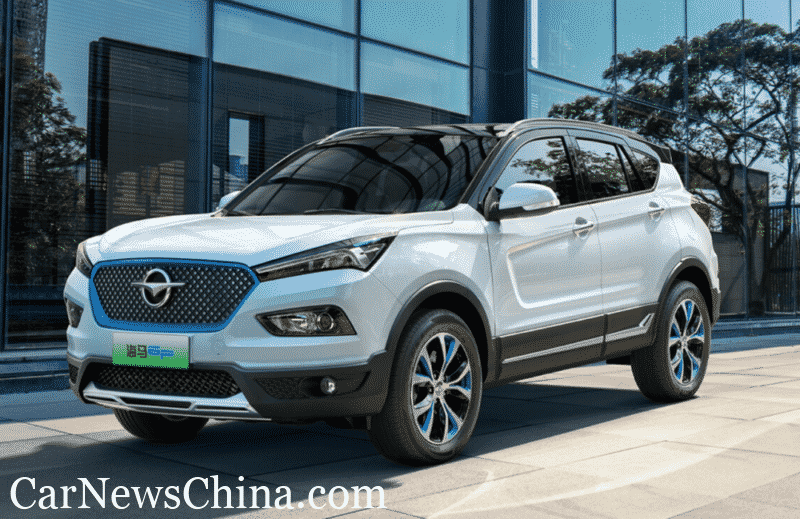
Haima 6P 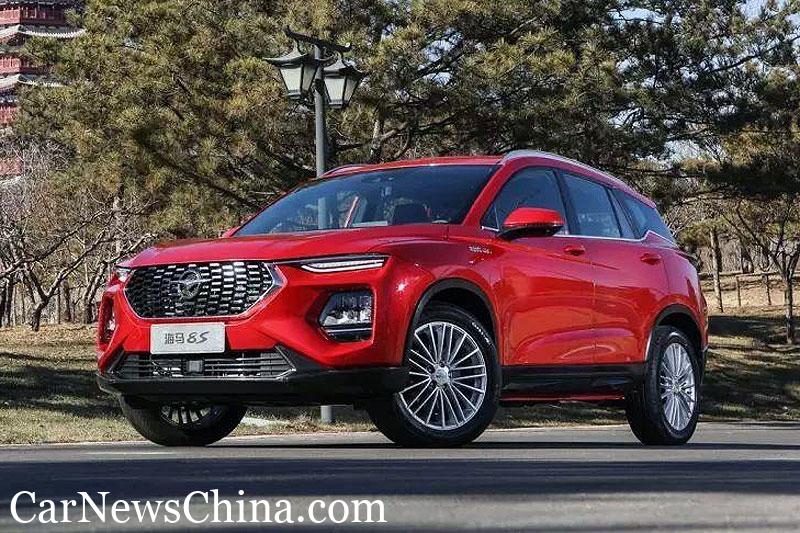
Haima 8S 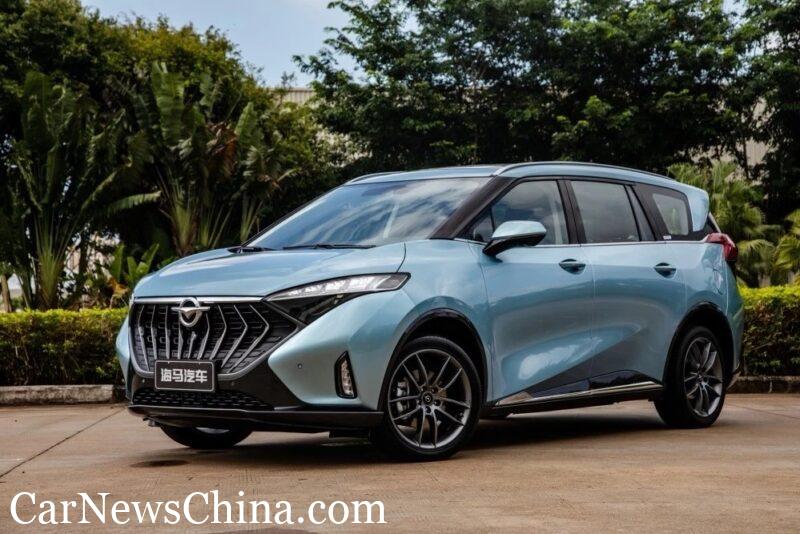
Haima 7X
Jing Zhu returns as chairman of Haima Group in 2017. He oversees the development of the 8S SUV, the peculiar styled 7X MPV and the 6P plugin hybrid, all cars that don’t return Haima to its former glory. Haima is saved by a contract manufacturing deal with Xpeng in December 2017. The Group assembles the G3 model of the new energy startup. Of the 40.000 cars made last year, 35.000 are Xpengs.
The deal with Xpeng expires at the end of 2021 and will not be renewed. So this year Jing Zhu has reorganized Haima Group. The shares of FAW in the FAW Haima joint venture are taken over by a Hainan province development fund and Jing Zhu has regained greater control over Haima Group. The Group has aligned its long term strategy with that of Hainan province, that wants to become one of China’s major hydrogen hubs. Haima will turn its attention to hydrogen powered cars. It remains to be seen if this strategy will save Jing Zhu’s decades of hard work.
The Bestune brand
The fortunes of Besturn are quite similar to Haima for while. Initially sales rise to 170.000 units in 2004, its second year of existence. Then they stabilize at 75.000 to 100.000 cars annually, except for a short 50% spike in 2014/2015. This is of course far removed from successful privateers like Geely, or state-owned manufacturers as SAIC Roewe. However, it is enough for FAW to keep the brand alive. In 2013, FAW attempts to boost sales numbers by introducing its budget brand Oley. The brand targets competitors like Geely and Chery head on, but fails miserably in the market place. In 2015 the Oley brand is discontinued.
The FAW Mazda joint venture mainly produces the Mazda 6 and its derivatives Mazda 8 and CX-7. Only more recently the CX-4 has joined the line-up. The Besturn models use the same platforms and similar engines for a long time. As pointed out in the Hongqi section, FAW only started a stronger focus on self-developed technology as recent as 2017. Emphasis is mainly on the revival of the Hongqi brand, but FAW expects Bestune (the English translation of Benteng was changed in 2018) to follow suit.
First example of the new strategy is the third generation Bestune B70, which was presented earlier this year. FAW’s new universal platform underpins this car and it has a distinct styling. A fully electric platform has been introduced with E05/NAT. Both platforms will be the basis for a new generation Bestune cars and derivatives will carry over to Hongqi. Following the spectacular revival of Hongqi, FAW seems confident it can achieve the same with Bestune.
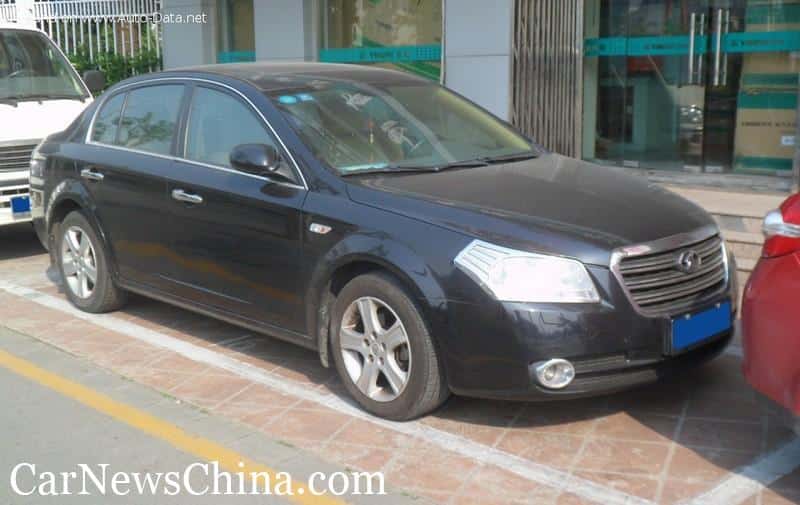
Besturn B70 (2006) 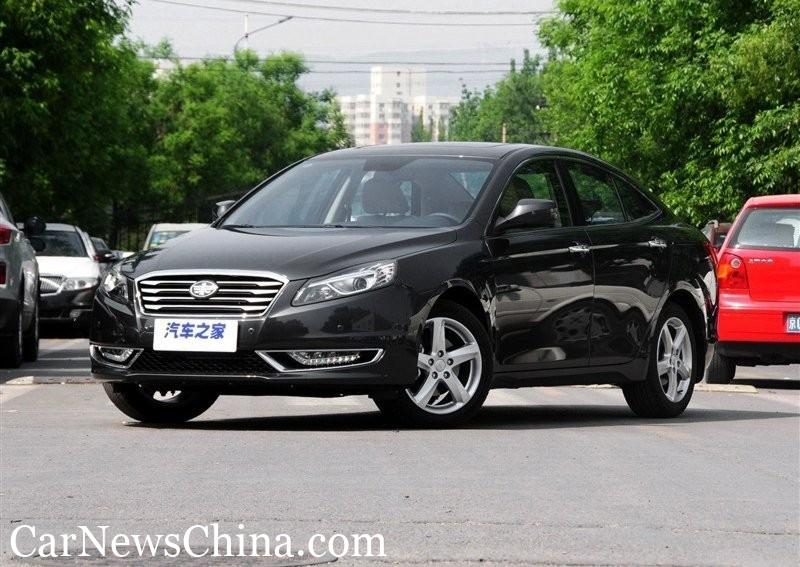
Besturn B70 (2014) 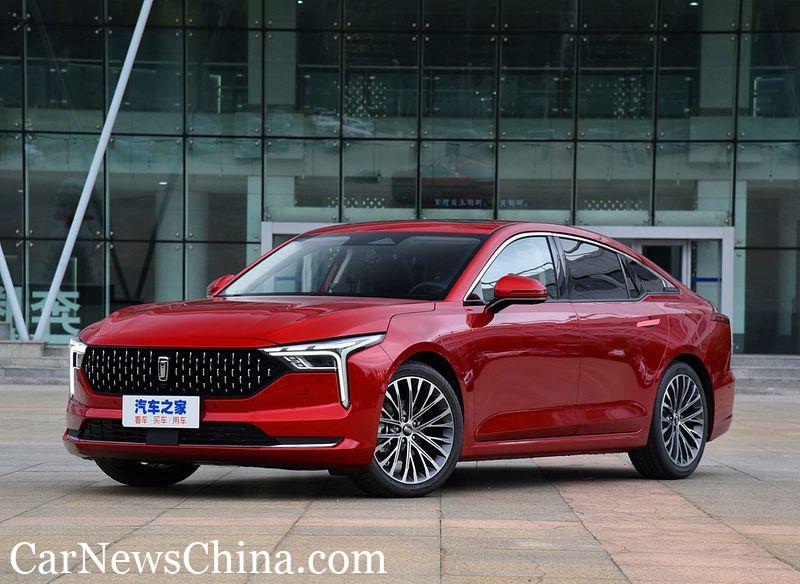
Bestune B70 (2021)
Finally, we must talk about the corporate structure. FAW Car has been a listed company from the start, but twenty years after its foundation, it has become a wholly owned subsidiary of China FAW. To achieve that, and more importantly, to gain a listing for its truck business, FAW executes a complicated series of asset transfers.
- In 2017, all activities of Hongqi move back to parent company China FAW, making Hongqi a direct division again.
- In December 2019, China FAW establishes a new subsidiary called FAW Benteng Automobile Co., Ltd.
- In February 2020 all the remaining passenger car activities move from FAW Car to FAW Benteng, while all the activities of FAW Jiefang Truck move to FAW Car. FAW Jiefang is worth about five times as much as the passenger car division at 25 billion yuan, so a lot of new shares are being issued and a lot of extra cash is being pumped into the company.
- In April 2020 FAW Car is renamed to FAW Jiefang Group Co., Ltd.
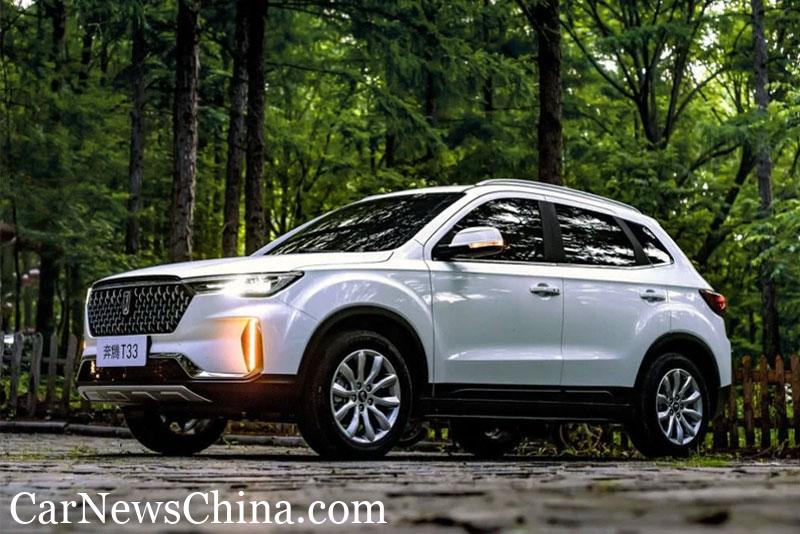
Bestune T33 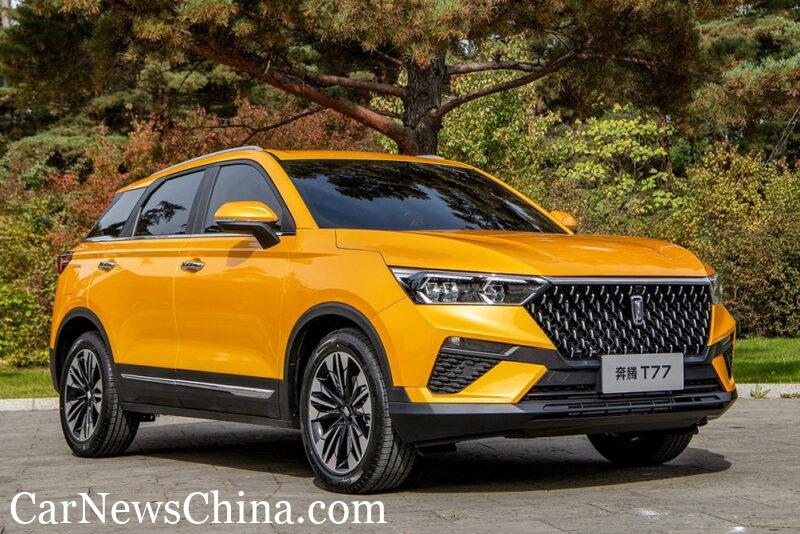
Bestune T77 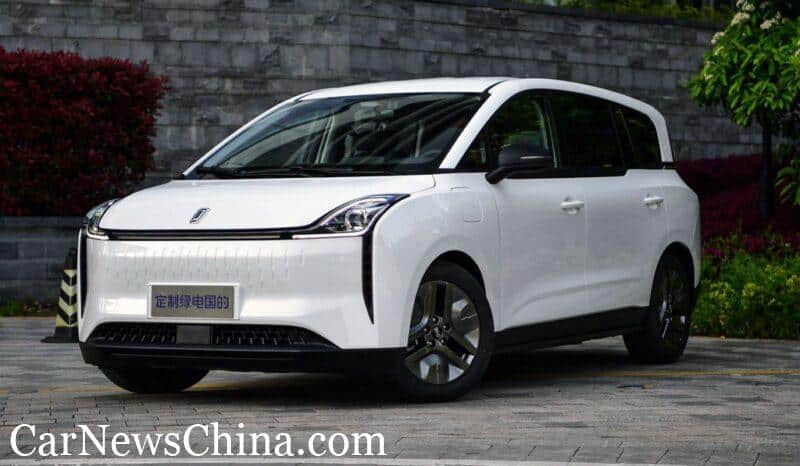
Bestune NAT
The end result is that China FAW now fully owns FAW Benteng, which produces the Bestune and Mazda passenger cars, and part owner of FAW Jiefang, which is now listed on the stock exchange. It’s not the last change though. This year, at the request of the Japanese, Mazda’s joint ventures with FAW and Changan are combined into a single company, in which FAW is only a very small shareholder.
Next week
In the final part of this series about FAW, we explore the company’s activities in the city of Tianjin. These first started with the famous Xiali brand and continue today with the FAW Toyota joint venture.

